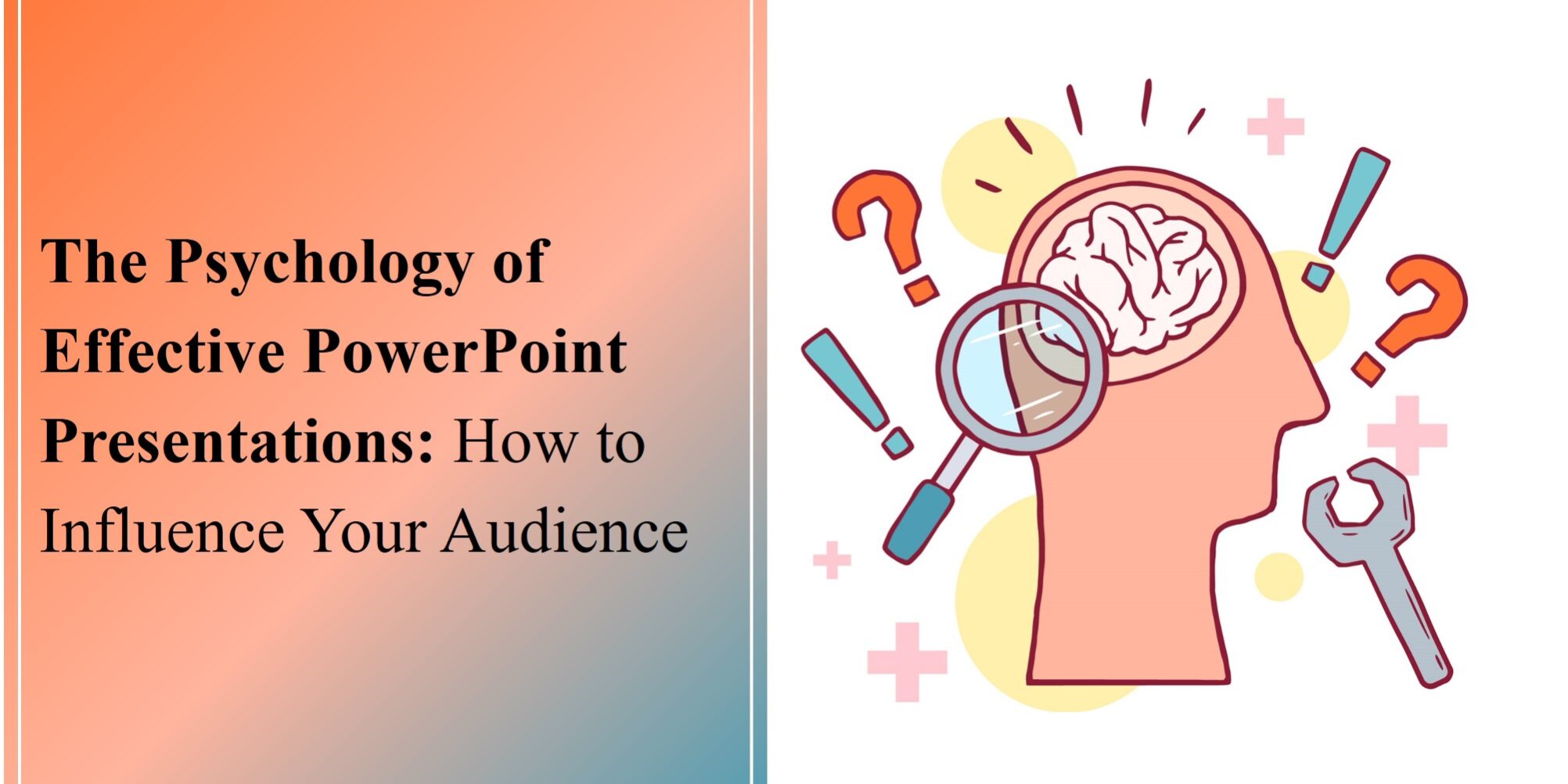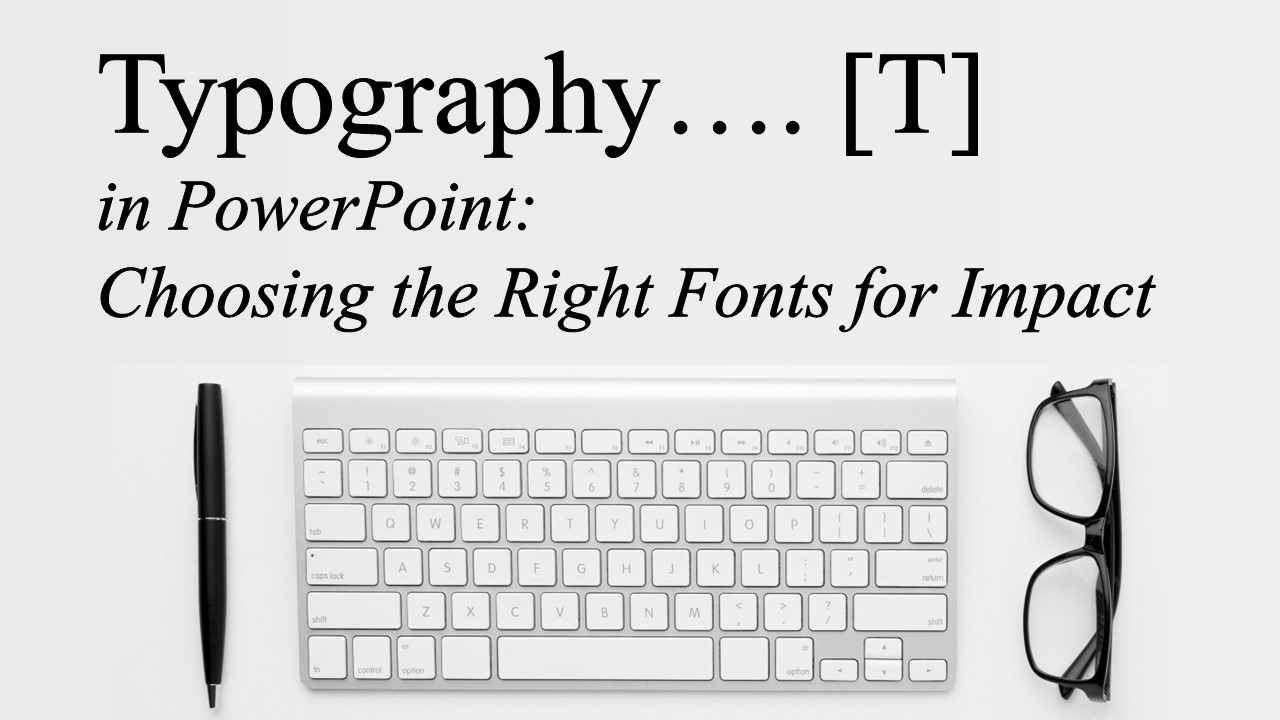A well-crafted PowerPoint presentation does more than just display information—it influences your audience’s perception, emotions, and decision-making. By understanding the psychology behind effective presentations, you can design slides that captivate, engage, and persuade.
Let’s explore key psychological principles that can make your PowerPoint presentations more powerful and impactful.
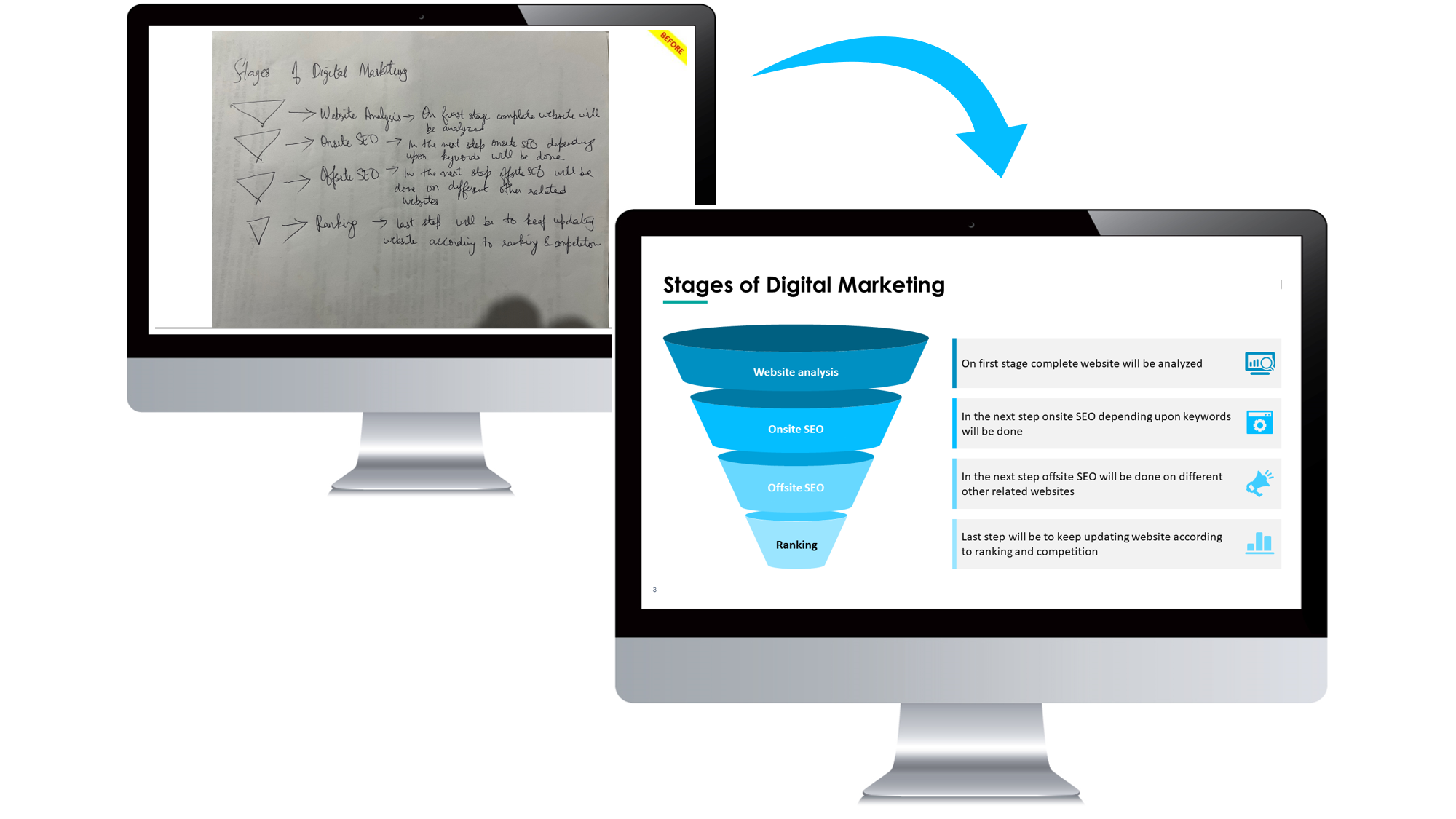
Image Recreation
1. The Power of Visuals in Memory Retention
People remember 80% of what they see, compared to only 20% of what they read and 10% of what they hear. This is because the brain processes images 60,000 times faster than text.
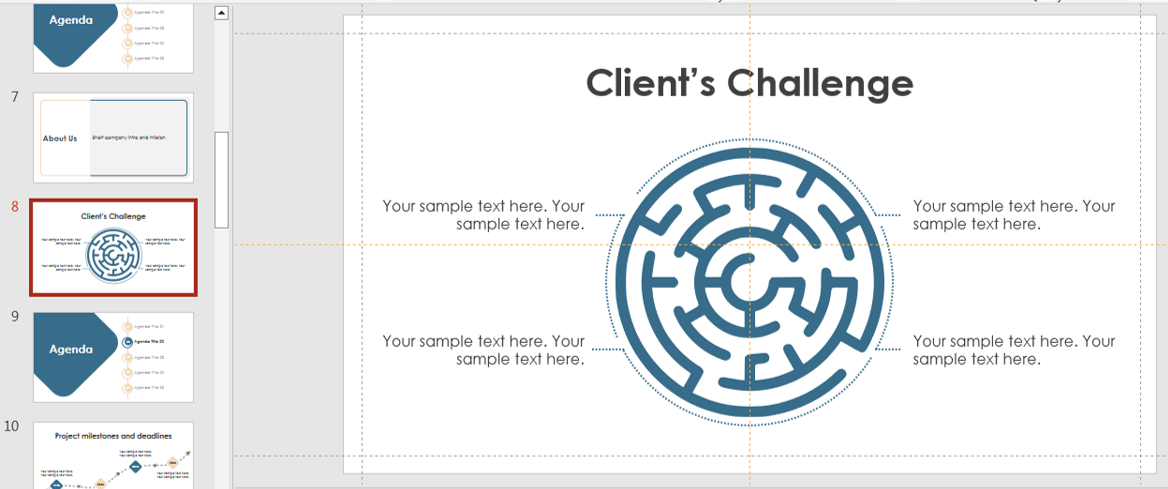
minimalist
How to Use This in Your PowerPoint:
🖼 Use high-quality images instead of large text blocks. 📊 Visualize data with charts, graphs, and infographics. 🎨 Choose meaningful visuals that support your message, not just decorative elements.
📌 Pro Tip: A single, powerful image can convey an idea better than a paragraph of text.
2. Cognitive Load: Keep It Simple
The human brain has limited processing capacity. Overloading your slides with information makes it harder for your audience to absorb key points.
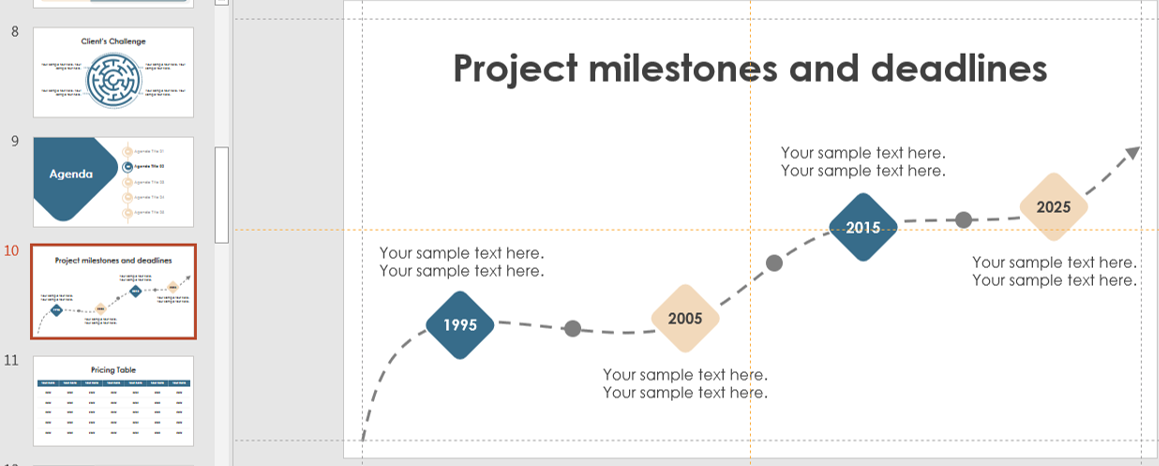
timeline
How to Keep It Simple:
✅ Follow the 6×6 rule – no more than six words per line, six lines per slide. ✅ Use short bullet points instead of paragraphs. ✅ Remove unnecessary details – every element should serve a purpose. ✅ Limit the use of complex animations that can distract from the main message.
📌 Pro Tip: If you need to present a lot of data, break it into multiple slides instead of cramming everything onto one.
3. Color Psychology: Trigger the Right Emotions
Colors influence how people feel and respond to your message. Choosing the right colors can help you evoke emotions and reinforce key points.
Best Colors for Presentations:
🔵 Blue – Trust, professionalism, reliability (great for corporate presentations) 🔴 Red – Passion, urgency, excitement (use sparingly for emphasis) 🟢 Green – Growth, harmony, balance (good for environmental or financial topics) 🟡 Yellow – Optimism, energy, creativity (use for positive engagement) ⚫ Black – Authority, sophistication (best used with contrast for readability)
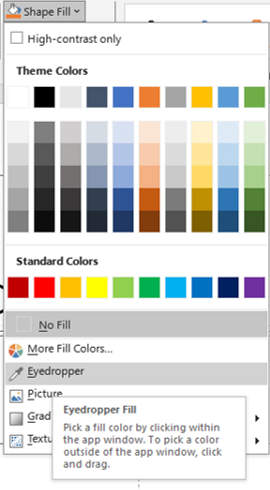
eye dropper
📌 Pro Tip: Avoid using too many colors—stick to a consistent color palette for a polished look.
4. The Rule of Three: Structure Your Content Effectively
The Rule of Three is a psychological principle that suggests people remember information better when it’s presented in groups of three.
How to Apply This in PowerPoint:
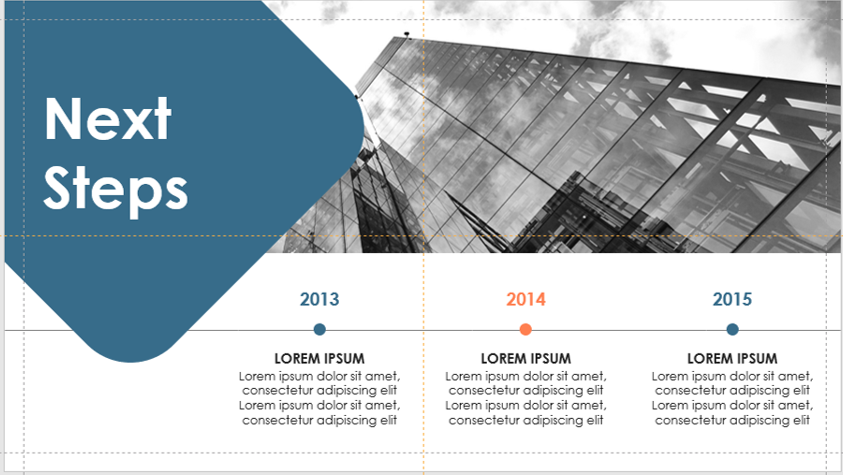
timeline
🔹 Organize content into three key takeaways. 🔹 Use three bullet points per slide instead of overwhelming lists. 🔹 Structure your presentation into beginning, middle, and end.
📌 Example: Instead of listing 10 strategies, group them into three core themes (e.g., Design, Delivery, Engagement).
5. The Importance of Storytelling
Facts alone aren’t enough—stories make your message memorable and create an emotional connection with your audience.
How to Incorporate Storytelling:
📖 Start with a real-life scenario or personal experience related to your topic. 📖 Use case studies to show the impact of your ideas. 📖 Create a narrative flow throughout your presentation (problem, solution, success).
📌 Pro Tip: People remember stories 22 times more than standalone facts.
6. The Primacy and Recency Effect: Make a Strong First & Last Impression
People remember the first and last things they hear the most—this is known as the Primacy and Recency Effect.
How to Use This:
🎯 Open with a strong hook (e.g., a surprising fact, question, or bold statement). 🎯 End with a powerful takeaway or call to action. 🎯 Avoid placing key information in the middle, where attention tends to drop.
📌 Pro Tip: Reiterate your main points at the end to reinforce retention.
7. The Role of Fonts and Readability
Typography plays a huge role in audience engagement. Unreadable slides lead to disengagement.
Best Practices for Fonts:
✅ Use sans-serif fonts (Arial, Calibri, Montserrat) for clean and modern readability. ✅ Stick to one or two font styles throughout your presentation. ✅ Ensure a high contrast between text and background. ✅ Keep font size at least 24pt for main content (larger for headings).
📌 Pro Tip: Avoid using all caps – it’s harder to read and feels aggressive.
8. The Power of Body Language & Voice in Presenting
Your slides alone won’t engage your audience—your delivery matters just as much.
How to Enhance Your Delivery:
🎤 Maintain eye contact to build connection and credibility. 🎤 Use natural gestures to emphasize key points. 🎤 Speak clearly and confidently, avoiding filler words like “um” or “uh”. 🎤 Vary your tone and pace to keep the audience engaged.
📌 Pro Tip: Practice your delivery with a friend or record yourself to refine your presentation skills.
9. Social Proof: Use Testimonials & Data to Build Trust
People are more likely to trust data-backed claims and social proof than just opinions.
How to Include Social Proof:
📊 Use statistics from credible sources. 📊 Include testimonials or case studies to validate your points. 📊 Show logos of well-known brands if applicable.
📌 Example: Instead of saying “PowerPoint is effective for business,” show a statistic like: “85% of Fortune 500 companies use PowerPoint for their presentations.”
10. Call to Action: Drive the Audience Toward a Next Step
Every effective presentation should lead to an action—whether it’s a decision, discussion, or behavior change.
How to Create a Strong Call to Action:
📢 Use clear, actionable language (e.g., “Sign up today,” “Try this method in your next presentation”). 📢 Reinforce your key message with a final compelling slide. 📢 Provide contact details or a way to follow up (website, email, social media).
📌 Pro Tip: Keep your CTA slide visually distinct so it stands out.
Final Thoughts
By applying these psychological principles, you can transform your PowerPoint presentations into engaging, persuasive, and memorable experiences. Remember, great presentations aren’t just about slides—they’re about how you connect with your audience.
🚀 Now it’s your turn! Apply these insights and make your next PowerPoint presentation truly influential.
Read more blogs here:

